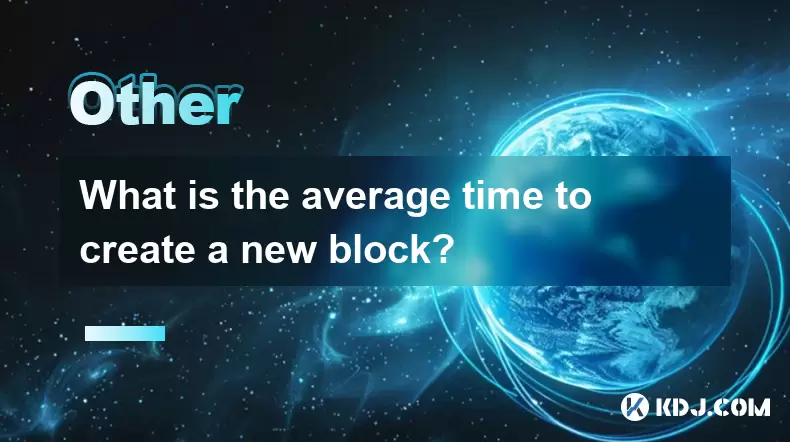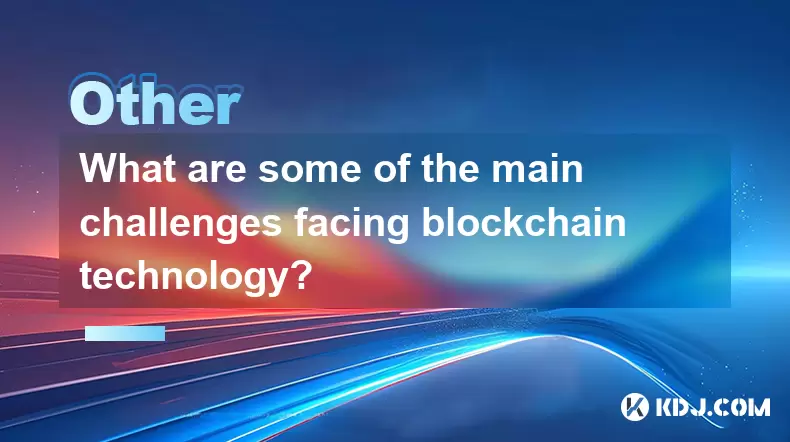-
 Bitcoin
Bitcoin $117600
2.11% -
 Ethereum
Ethereum $3907
6.13% -
 XRP
XRP $3.288
9.68% -
 Tether USDt
Tether USDt $1.000
-0.01% -
 BNB
BNB $784.8
2.00% -
 Solana
Solana $174.3
3.60% -
 USDC
USDC $0.9997
-0.03% -
 Dogecoin
Dogecoin $0.2220
8.04% -
 TRON
TRON $0.3379
0.01% -
 Cardano
Cardano $0.7829
5.46% -
 Stellar
Stellar $0.4348
8.84% -
 Hyperliquid
Hyperliquid $40.50
6.38% -
 Sui
Sui $3.757
7.22% -
 Chainlink
Chainlink $18.41
10.06% -
 Bitcoin Cash
Bitcoin Cash $581.6
1.91% -
 Hedera
Hedera $0.2586
5.37% -
 Avalanche
Avalanche $23.30
4.67% -
 Ethena USDe
Ethena USDe $1.001
0.01% -
 Litecoin
Litecoin $122.0
2.62% -
 UNUS SED LEO
UNUS SED LEO $8.972
-0.23% -
 Toncoin
Toncoin $3.338
1.14% -
 Shiba Inu
Shiba Inu $0.00001282
3.76% -
 Uniswap
Uniswap $10.38
6.88% -
 Polkadot
Polkadot $3.852
4.63% -
 Dai
Dai $1.000
0.02% -
 Bitget Token
Bitget Token $4.463
2.29% -
 Monero
Monero $263.6
-7.22% -
 Cronos
Cronos $0.1496
4.78% -
 Pepe
Pepe $0.00001106
4.91% -
 Aave
Aave $284.3
8.09%
can blockchain be tracked
Despite providing anonymity through public keys, blockchain transactions can be traced using advanced tools and techniques, including pattern identification, metadata analysis, and collaboration with cryptocurrency exchanges.
Oct 14, 2024 at 10:24 am

Can Blockchain Transactions Be Traced?
Blockchain technology, the underlying foundation of cryptocurrencies like Bitcoin and Ethereum, is often hailed for its high level of security and immutability. One common misconception, however, is that blockchain transactions are completely anonymous and untraceable. While it is true that blockchain transactions are pseudonymous (using public keys instead of real names), they are not completely anonymous. With the right tools and techniques, blockchain transactions can be traced and linked to real-world identities.
How Blockchain Works
- Blocks: A blockchain is essentially a digital ledger consisting of blocks that store transaction data.
- Transactions: Transactions are records of exchanges or value transfers between different parties.
- Public Key: When creating a crypto wallet, you generate a private key and a corresponding public key. The public key is used to receive funds, while the private key is used to authorize transactions.
- Transparency: All blockchain transactions are publicly recorded and accessible to anyone with access to the blockchain network.
How Transactions Can Be Traced
- Identifying Patterns: Blockchain analysis tools can identify patterns and clusters of related transactions. By analyzing addresses involved in multiple transactions, investigators can trace the flow of funds.
- Assessing Metadata: Metadata associated with transactions, such as IP addresses or transaction timestamps, can provide valuable clues. For example, IP addresses can help pinpoint geographical locations.
- Collaboration with Exchanges: Cryptocurrency exchanges often collect KYC (Know Your Customer) information from their users. Law enforcement can request data from exchanges to link blockchain addresses to real-world identities.
- Forensic Analysis: Advanced forensic analysis techniques, such as transaction clustering and network mapping, can help uncover the connections between different blockchain addresses.
Example of Tracing Transactions
In the widely publicized Silk Road case, investigators used blockchain analysis tools to follow the flow of Bitcoin transactions associated with the illegal online marketplace. By correlating addresses and analyzing transaction patterns, they were able to identify and arrest the alleged operator of the site, Ross Ulbricht.
Conclusion
While blockchain transactions provide a level of anonymity, they are not completely untraceable. Law enforcement and investigative agencies have developed sophisticated tools and techniques to trace and link blockchain transactions to real-world identities. This has enabled them to hold individuals accountable for illegal activities involving cryptocurrencies and pursue financial crimes.
Disclaimer:info@kdj.com
The information provided is not trading advice. kdj.com does not assume any responsibility for any investments made based on the information provided in this article. Cryptocurrencies are highly volatile and it is highly recommended that you invest with caution after thorough research!
If you believe that the content used on this website infringes your copyright, please contact us immediately (info@kdj.com) and we will delete it promptly.
- EigenLayer, Restaking, and Ethereum: Navigating the Hype and the Hazards
- 2025-08-08 06:30:12
- Super Bowl 59: Jon Batiste to Jazz Up the National Anthem
- 2025-08-08 06:30:12
- Cold Wallet Crypto in 2025: The Future is Now, Ya'll
- 2025-08-08 05:10:13
- MAGACOIN, SOL, and ADA: A Tale of Shifting Tides in Crypto
- 2025-08-08 05:10:13
- SHIB Price, PEPE, and the Memecoin Supercycle: Who Will Reign Supreme?
- 2025-08-08 05:50:12
- Pudgy Penguins Price Prediction: Google Trends & Breakout Signals
- 2025-08-08 05:50:12
Related knowledge

What is the purpose of a nonce in mining?
Aug 04,2025 at 05:56pm
Understanding the Role of a Nonce in Cryptocurrency MiningIn the world of cryptocurrency mining, the term nonce stands for 'number used only once.' Th...

Can data on a blockchain be deleted?
Aug 05,2025 at 04:00am
Understanding Blockchain ImmutabilityThe core principle behind most blockchain systems is immutability, which means that once data is recorded onto th...

What is the difference between on-chain and off-chain transactions?
Aug 02,2025 at 04:22pm
Understanding On-Chain TransactionsOn-chain transactions refer to digital asset transfers that are recorded directly on a blockchain ledger. These tra...

What is the average time to create a new block?
Aug 06,2025 at 09:21pm
Understanding Block Creation in Blockchain NetworksThe average time to create a new block varies significantly depending on the specific blockchain pr...

How are blocks linked together?
Aug 04,2025 at 06:56am
Understanding the Structure of a BlockchainA blockchain is a decentralized digital ledger composed of a sequence of blocks, each containing a list of ...

What are some of the main challenges facing blockchain technology?
Aug 07,2025 at 02:58am
Scalability Constraints in Blockchain NetworksOne of the most persistent challenges in blockchain technology is scalability. As blockchain networks gr...

What is the purpose of a nonce in mining?
Aug 04,2025 at 05:56pm
Understanding the Role of a Nonce in Cryptocurrency MiningIn the world of cryptocurrency mining, the term nonce stands for 'number used only once.' Th...

Can data on a blockchain be deleted?
Aug 05,2025 at 04:00am
Understanding Blockchain ImmutabilityThe core principle behind most blockchain systems is immutability, which means that once data is recorded onto th...

What is the difference between on-chain and off-chain transactions?
Aug 02,2025 at 04:22pm
Understanding On-Chain TransactionsOn-chain transactions refer to digital asset transfers that are recorded directly on a blockchain ledger. These tra...

What is the average time to create a new block?
Aug 06,2025 at 09:21pm
Understanding Block Creation in Blockchain NetworksThe average time to create a new block varies significantly depending on the specific blockchain pr...

How are blocks linked together?
Aug 04,2025 at 06:56am
Understanding the Structure of a BlockchainA blockchain is a decentralized digital ledger composed of a sequence of blocks, each containing a list of ...

What are some of the main challenges facing blockchain technology?
Aug 07,2025 at 02:58am
Scalability Constraints in Blockchain NetworksOne of the most persistent challenges in blockchain technology is scalability. As blockchain networks gr...
See all articles

























































































